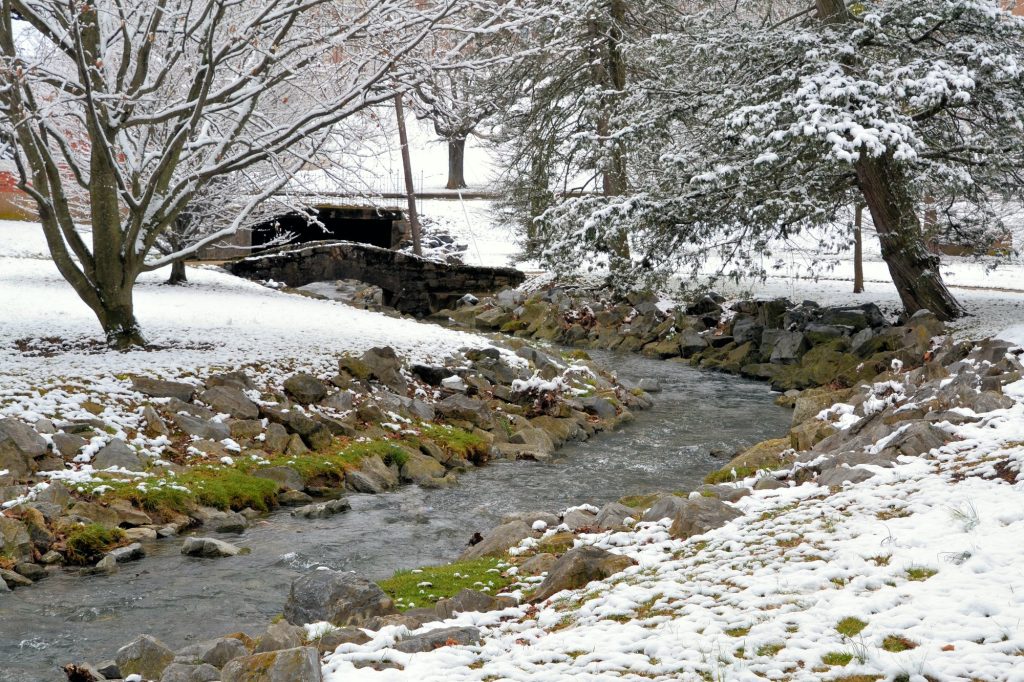Embracing the Cold for a Rewarding Experience
Fly fishing isn’t just a fair-weather activity; the winter months offer unique opportunities and challenges for anglers. Though the cold weather may seem daunting, with the right preparation and techniques, winter fly fishing can be incredibly rewarding. This guide will provide you with essential tips and strategies for successful fly fishing during the colder months.

Preparing for Winter Conditions
Dressing Appropriately
- Layering: Start with a moisture-wicking base layer, add an insulating middle layer, and finish with a waterproof and windproof outer layer.
- Extremities: Wear a warm hat, gloves suitable for fishing, and thick, waterproof socks.
Gear Considerations
- Rod and Reel: Use a rod and reel that can perform well in cold conditions. Avoid reels that might freeze up.
- Line and Leader: Choose a line and leader that remain flexible and less prone to freezing.
Understanding Winter Fish Behavior
Slower Metabolism
- Fish Activity: In winter, fish metabolism slows down, making them less active and more concentrated in specific areas.
- Holding Spots: Look for deeper pools or areas with slower currents where fish conserve energy.
Limited Feeding
- Feeding Windows: Fish feed less frequently in winter. Identify the best times for activity, often during the warmest part of the day.
- Food Sources: Understand what fish are eating during the winter, which often includes smaller and fewer prey items.
Fly Selection and Presentation
Choosing the Right Flies
- Size and Type: Use smaller flies as winter diets are typically made up of smaller insects. Nymphs and midges are effective choices.
- Color and Visibility: Opt for flies that are visible in darker, murkier winter waters.
Presentation Techniques
- Slower and Deeper: Present flies slower and deeper than you would in warmer months.
- Dead Drifting: Perfect the art of dead drifting nymphs, as fish are less likely to chase after fast-moving prey.
Casting and Wading in Winter
Safe Wading
- Be Cautious: Wading in winter can be more dangerous due to slippery conditions and cold water. Take extra care and use a wading staff for stability.
- Conservation of Energy: Move less and focus more on your fishing technique. Avoid wading in deep or fast-moving water.
Effective Casting
- Minimizing Movement: In winter, less is more. Use minimal casting to keep your line from freezing.
- Adjusting for Weather: Be prepared to adjust your casting technique in windy or snowy conditions.
Handling and Releasing Fish
Responsible Handling
- Minimizing Stress: Handle fish as little as possible to reduce stress. Keep them in the water while unhooking.
- Quick Release: Ensure a quick release to prevent prolonged exposure to cold air, which can be harmful to fish.
Overcoming Winter Challenges
Dealing with Ice
- Rod Guides: Keep an eye on your rod guides for ice buildup. Use a product or warm water to help reduce freezing.
- Line Management: Be mindful of your line freezing and manage it accordingly.
Staying Motivated
- Setting Realistic Expectations: Understand that winter fishing might mean fewer catches. Focus on the experience and the unique challenges it presents.
Winter fly fishing offers a serene and introspective experience, often with fewer crowds and a different kind of connection with nature. With the right gear, techniques, and mindset, winter can become a favorite time for many fly fishing enthusiasts. Embrace the challenge, respect the environment, and enjoy the unique beauty of fly fishing in the colder months.
This guide aims to equip you with the knowledge and tips needed for successful and enjoyable winter fly fishing. Remember, each trip is an opportunity to learn and grow as an angler, regardless of the season. Stay safe, respect the environment, and relish the quiet beauty of winter fly fishing.

